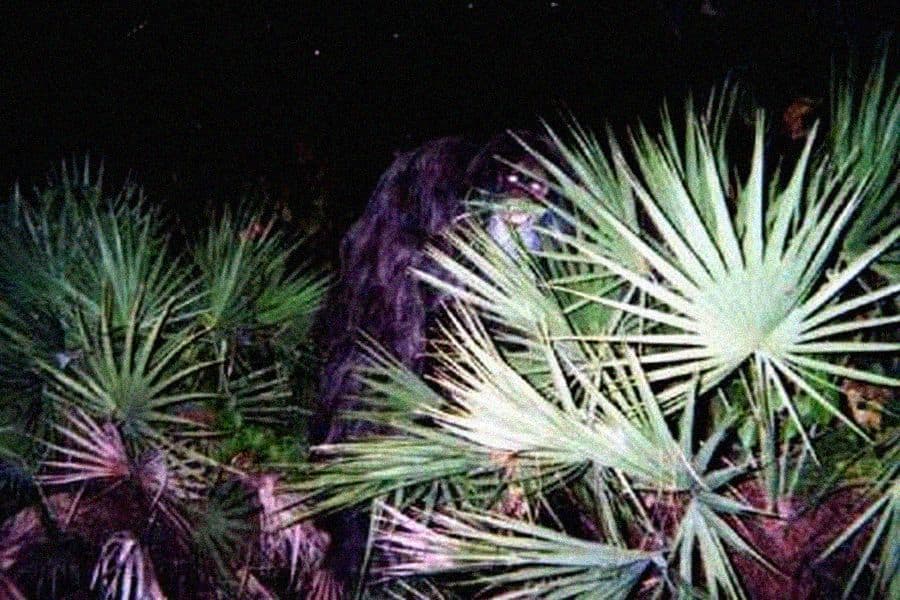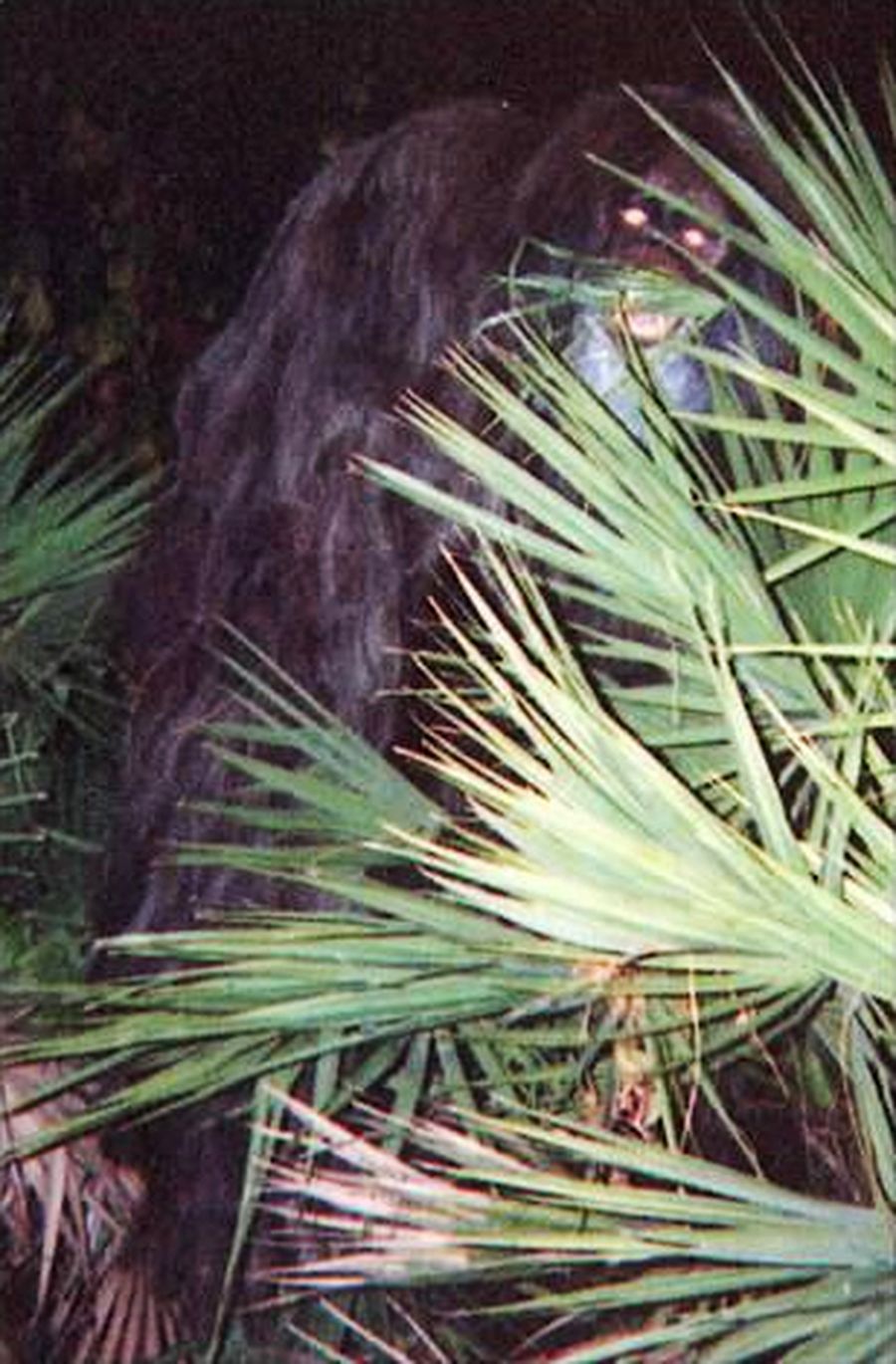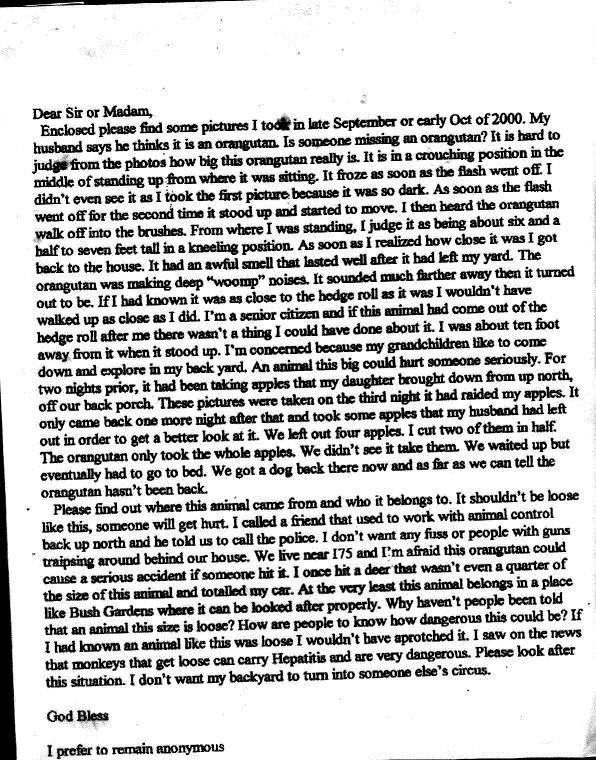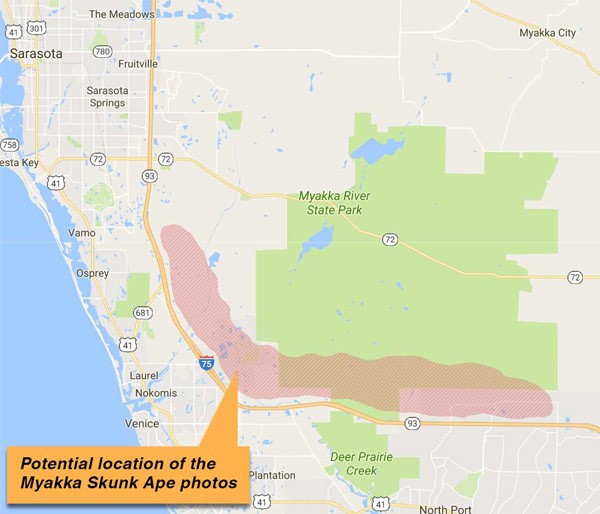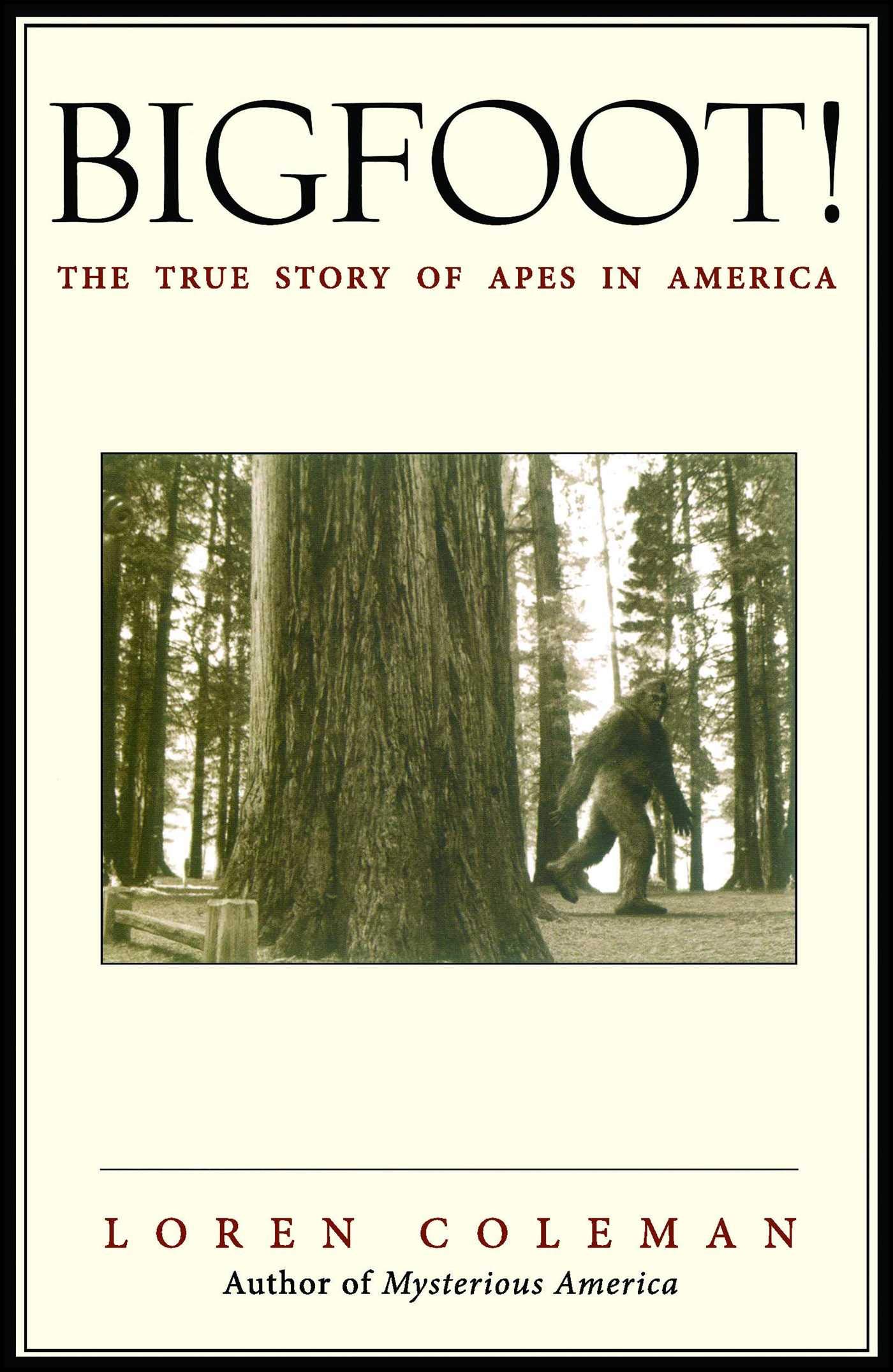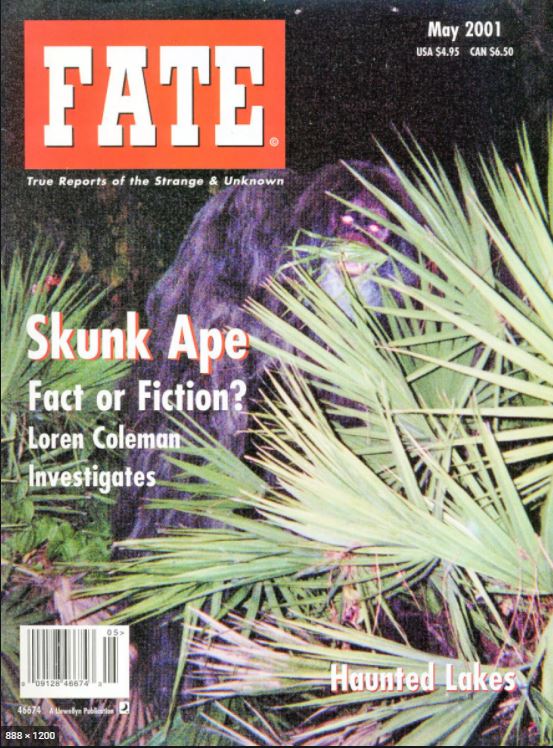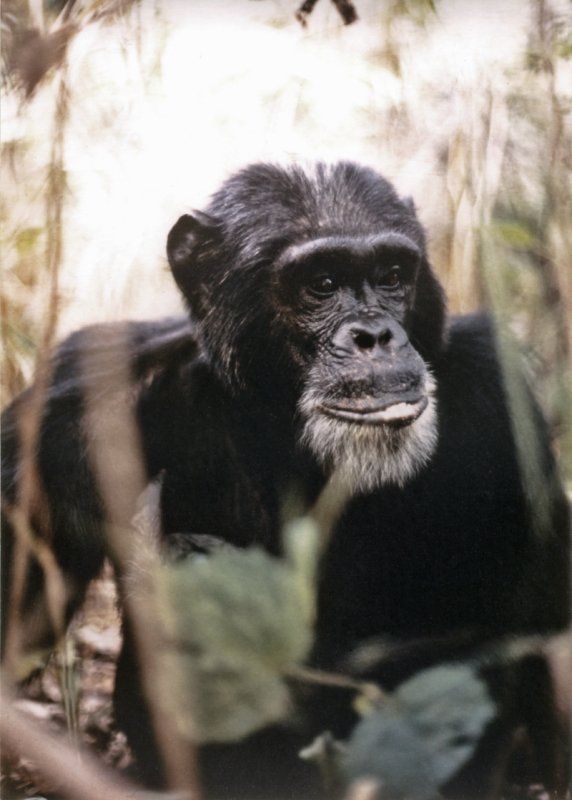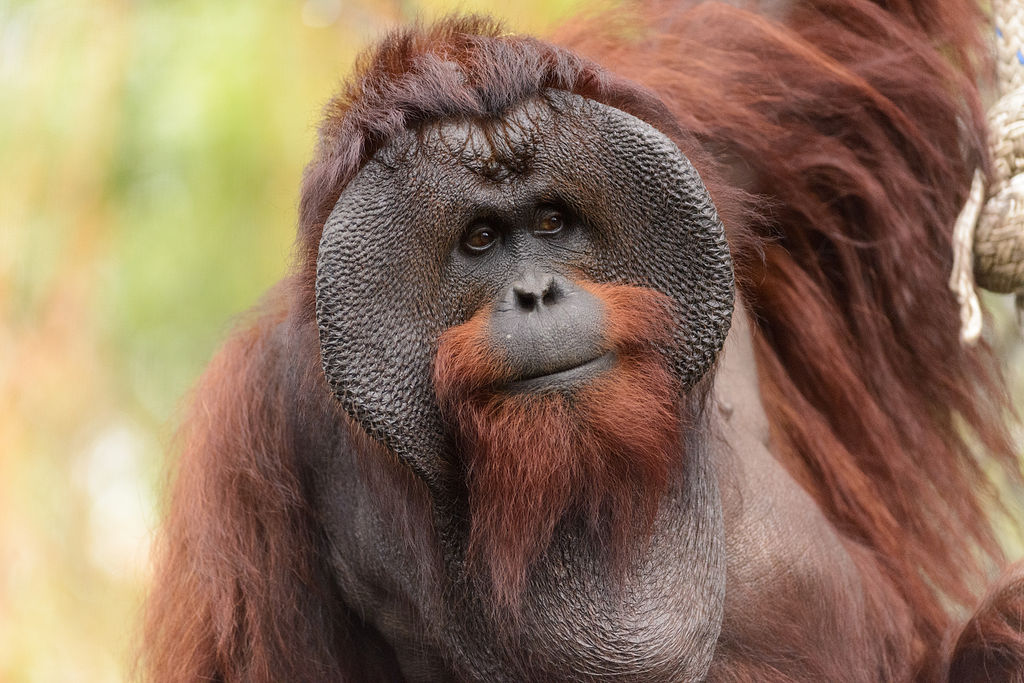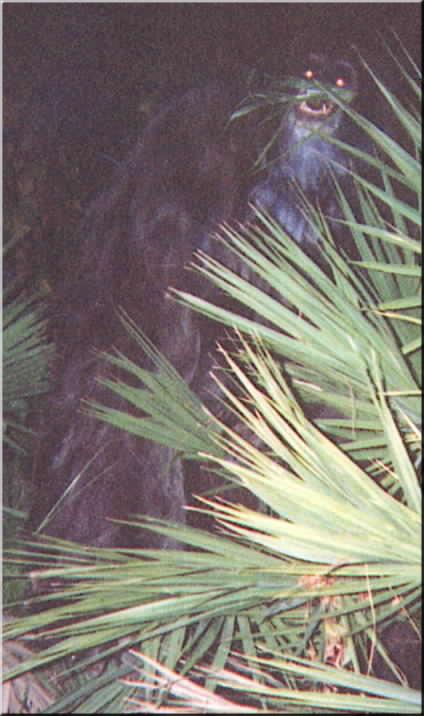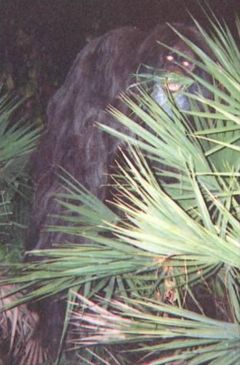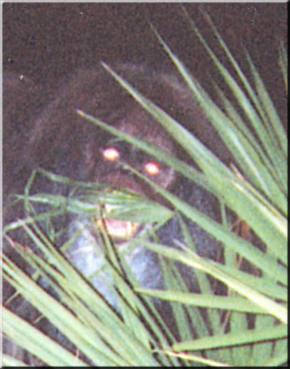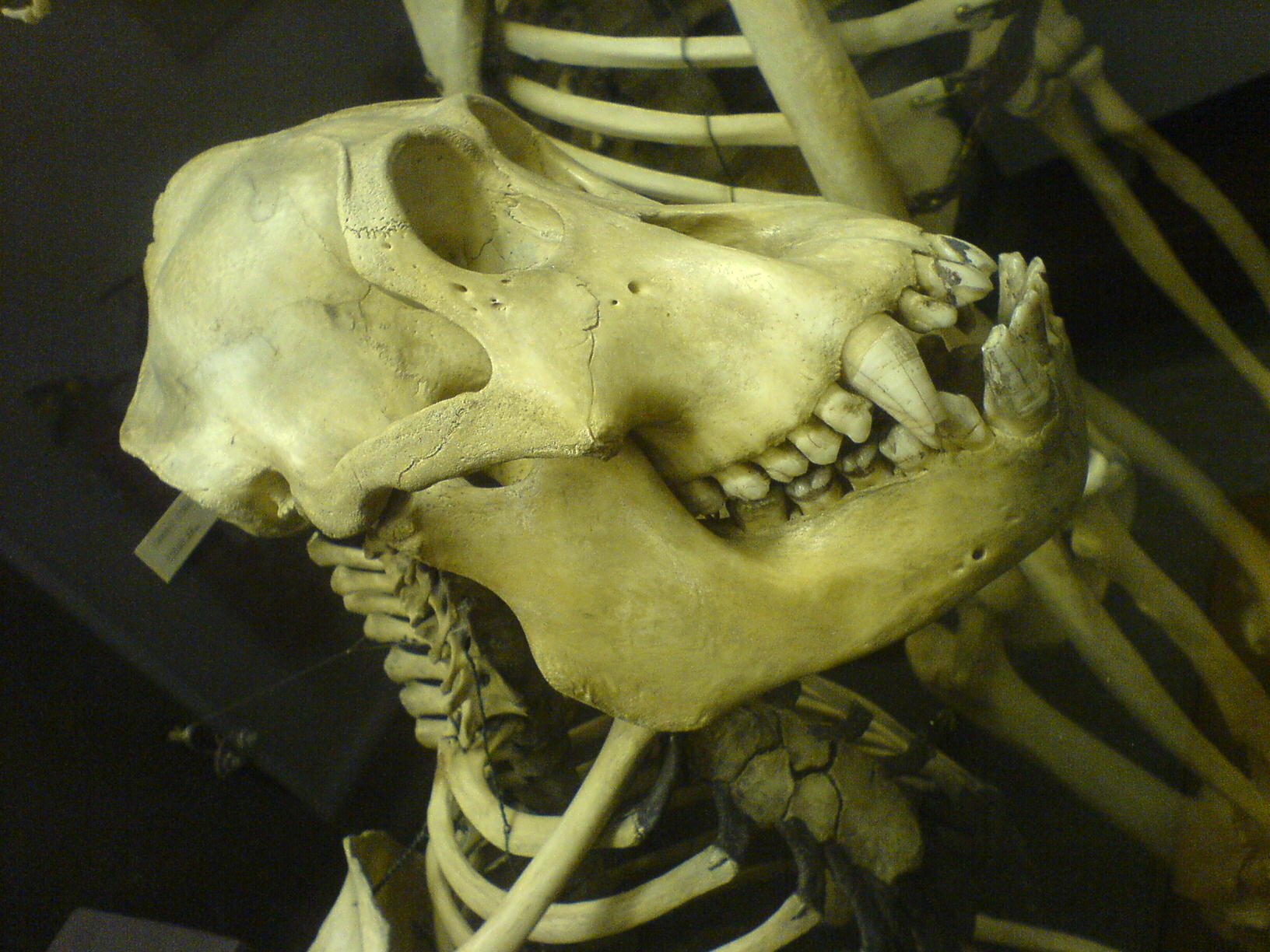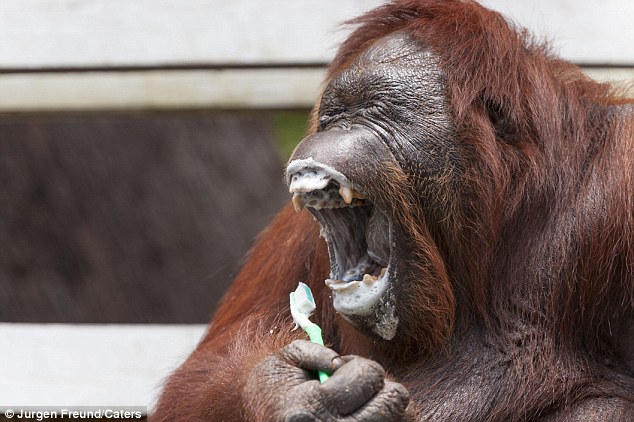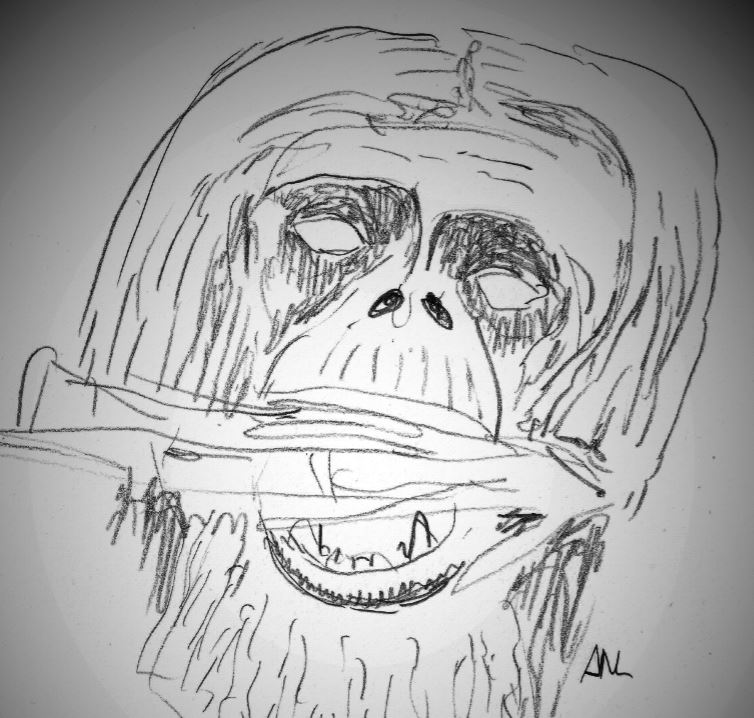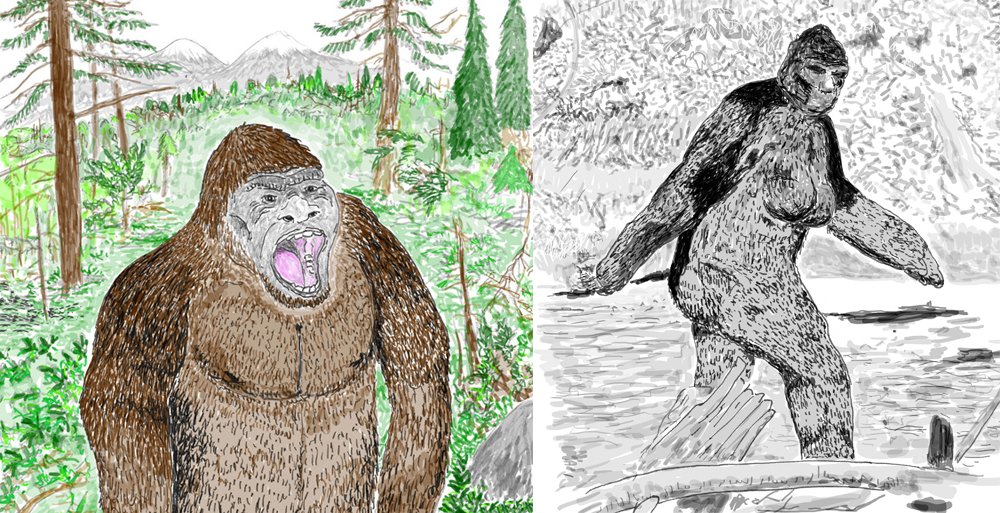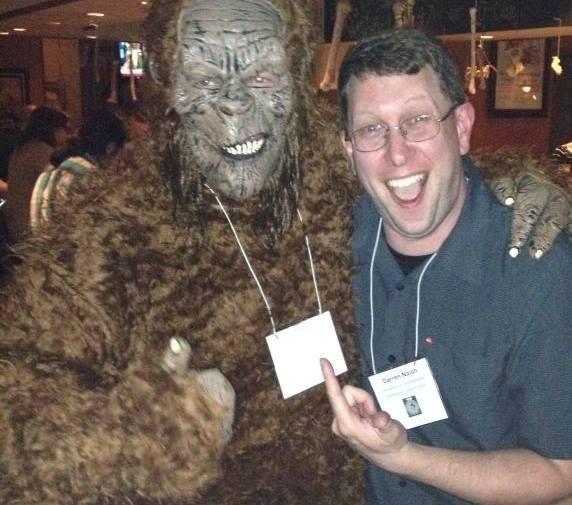(Photo) The Florida Myakka Ape Photos
The following information comes from Darren Naish, noted Zoologist who has appeared on numerous TV shows and author of many books.
Namely, the MYAKKA SKUNK APE PHOTOS of 2000. Let’s take a deep dive.
Here is the December 22, 2000, letter signed “God Bless. I prefer to remain anonymous” mailed to the Sarasota Sheriff’s Department.
The photos date to December 2000 and the story starts when they were received by the Sarasota Sheriff’s Department, just before New Year. An anonymous letter explained the backstory to the two photos which were said to have been taken in Sarasota County, Florida, in a region close to the Myakka River and Myakka State Park, and close to highway I-75 (not I-175 as said in some accounts).
I should note upfront that the photos are copyrighted David Barkasy and Loren Coleman. This copyrighting was done “for research reasons, not fiscal ones”. Hm, ok. Regardless, the images appear widely online, their use mostly being justified under ‘fair use’.
By January 2001, the photos were being passed round the Sarasota Sheriff’s Department and were regarded as a bit of a joke. We owe the most detailed account of their backstory to Loren Coleman’s 2003 Bigfoot! The True Story of Apes in America, which I used heavily here…
At some point, a member of the Animal Control Division contacted David Barkasy, owner of the (now closed) Silver City Serpentarium in Sarasota (a shop, not a wildlife attraction), either because of his known interest in mystery animal reports or because they were honestly seeing if there was any talk in the zoo and animal husbandry community about an escaped or missing ape.
Barkasy – aware of local stories and sightings about skunk apes (oooh yes, we’ll come back to those) – was sympathetic to the possibility that the photos might be genuine, and contacted cryptozoologist Loren Coleman (who’s tended to be fairly positive about the photos and seemingly now managed to get the sheriff’s department to take the case seriously. They created an actual case file on the event. The staples and other filing paraphernalia they used physically damaged the photos.
Loren dubbed the images the ‘Myakka Ape Photographs’ and covered them at his website, plus in articles in Fate and Fortean Times. They immediately became big news in the cryptozoology community.
In the thread that follows, please remember that I present both sides of the story to these photos (“they’re perhaps real” vs “they’re a hoax”), and if you read something that seems credulous or arguable, note that the opposing view is discussed later in the thread.
I believe that evidence allegedly pertaining to mystery beasts should be evaluated fairly, and that starting with the initial assumption that it must be assumed to be a hoax is a problematic and unsatisfying position. Ok, with the caveats out of the way..
What do we see? A very large, shaggy-furred, brownish or reddish ape is standing behind a palmetto palm (I’m not sure what species: Dwarf palmetto?)...
... It’s facing the viewer, its right shoulder and arm are mostly visible and we might see part of its right side extending beyond its arm. Part of its chest is visible through the leaves but its left arm and anything below the chest is not shown.
Photo 1 shows what looks like a greyish beard. But Photo 2 – in which the animal has elevated its head – indicates that the entire lower jaw is covered in short, greyish hair and that the greyish extends over the whole neck and, seemingly, across the upper part of the chest.
Incidentally, these details aren’t quite like anything seen in living apes. Some chimps have grey lower jaws (the photo shows David Greybeard, one of Goddall’s study chimps), but not a grey chest (likewise for some gibbons)...
.... and orangutans (especially big males) have conspicuous naked patches across the throat and chest, not grey-haired areas like this (orangutan photo by Eric Kilby).
In Photo 2, the whole of the head is higher than the shoulder, such that the eyes are at shoulder level, and the face is tilted back such that we see it at s slightly oblique angle. Furthermore, the right hand is behind a clump of leaves close to the bottom of the frame.
This is all different from what’s seen in Photo 1, where the eyes are below shoulder level, the face is seen in frontal view rather than at an oblique angle, and the hand is below the clump of leaves....... These differences reveal definite movement of the object: it is not just shown from different angles, nor it is a static object like a model.
Numerous facial details are present. A dark lower lip and grey-brown, deep region between the nose and upper lip are visible; the nose is some distance from the mouth. There appear to be two small, perhaps comma-shaped nostrils, a flat forehead, and dark areas around the eyes.
The eyes are almond-shaped and…. big issue here … they seem to glow red. We’ll come back to this. Teeth are visible, most notably a relatively small arc of lower incisors and short, slim lower canine fangs.
The fangs aren’t chunky or long but look thin and pointed and about twice as long as the incisors. My feeling is that they aren’t very realistic for a giant hominid.
And, indeed, this is very different from the condition in orangutans where the lower jaw fangs are thick, and don’t stand up well beyond the height of the lower incisors (toothbrush photo by Jurgen Freund).
My take on the facial features I think I see are shown in this drawing…
The photos came with a long printed letter. It’s an unusual letter and, consequently, has been subject to a lot of commentary. Firstly, it’s anonymous...
Secondly, it appears to have been typed in word (or similar word-processing software), its print settings making it look somehow reminiscent of a typed letter. Are we meant to think that it _was_ a typed letter? This isn’t clear, but the very look of the document is slightly odd.
The letter states that the photographer and author (who are the same person) was a senior citizen; a husband and some grandkids are mentioned, ergo the person has been assumed to be an older lady.
The story explained in the letter is that apples were left out on a back porch, that the person walked into the backyard, saw an object and photographed it as it reared up. It was apparently 6.5 or 7ft tall even while kneeling. It then moved off, making ‘whoomp’ noises.
The letter repeatedly refers to the animal in the photos as an orangutan, as if this is definitely what it is. This also seems odd. Maybe it’s not impossible that a person would think this creature (if it were real) was an orangutan…
On the other hand, surely everyone knows that orangutans aren’t over 2m tall and as gigantic as this… so some people think that the orangutan angle demonstrates the hoaxed nature of the letter.
The author goes on to describe how large and dangerous this animal looked, and how inappropriate it seems to have an animal of this sort out there, living wild, in the Myakka area. Surely it could cause damage to a car if there were a collision, the author states.
The letter further states that the creature would be better off in Bush Gardens, that “I saw on the news that monkeys ... can carry Hepatitis” and that “I don’t want my backyard to turn into someone else’s circus”.
All in all, the letter’s anonymity, its unusual design, the persistent ‘orangutan’ angle, and the semi-comical statements about it potentially carrying Hepatitis are suspicious and make it smell like a hoax.
Do we know anything specific about the photographer? Essentially, no. Barkasy used the processing numbers on the photos to track down the lab where they’d been processed: it was the Eckerd lab in Sarasota, so at least they originated locally.
And the processing data also showed that they were taken in Autumn 2000 and developed in December 2000. So far so good.
If the photos are genuine and likely do show an unusual primate, what sort of animal are we dealing with? This doesn’t look like a Bigfoot, since Bigfoot is proportioned much like a human, right? (pictures by me). Well…
